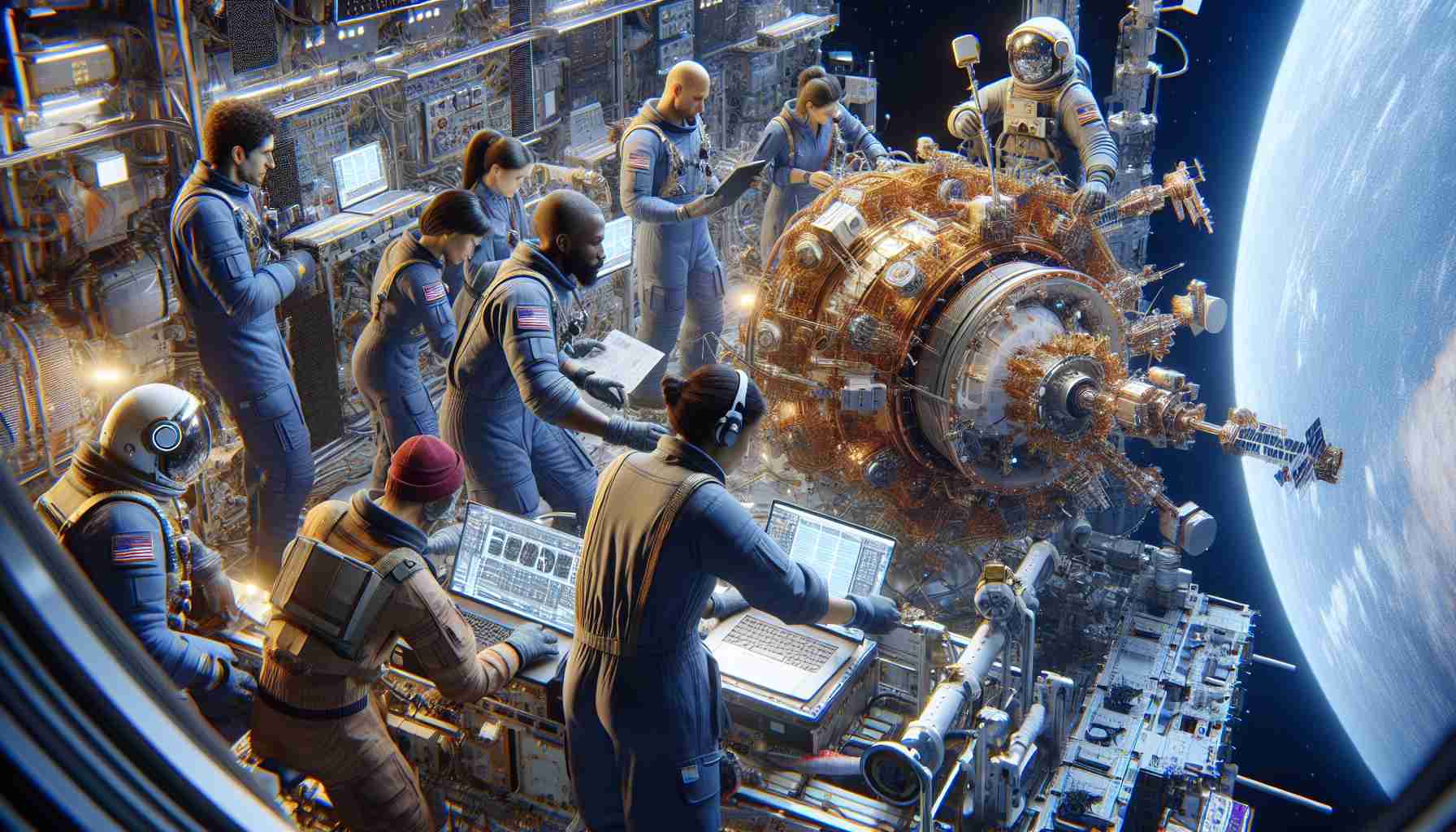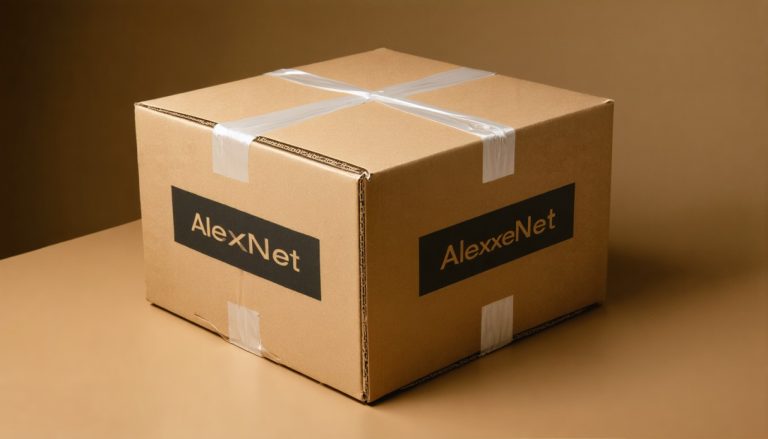
In a bold move towards sustaining space activities, India’s space organization, ISRO, is gearing up to develop innovative technologies aimed at managing space debris. With ambitious plans set for this year, ISRO intends to launch several crucial missions that will enable it to perform various satellite servicing tasks, including docking, refueling, and relocating satellites that are no longer functional.
ISRO’s Chairman, S. Somanath, has announced that the upcoming SPADEX mission will focus on testing advanced docking technologies. This mission seeks to establish communication protocols between satellites, which will simplify the process of attaching propulsion devices for safe deorbiting. Following this, the ISRO Servicer Mission will debut a tether-based method involving a robotic arm designed to capture and manage debris.
Somanath emphasized the importance of developing cost-efficient solutions for tackling space debris, acknowledging that existing challenges demand innovative approaches. The tethered capture technique, a key component of the Servicer Mission, involves deploying a long tether from a satellite to ensnare drifting debris, facilitating its safe deorbiting.
Currently, the prevalence of space debris poses a significant threat to ongoing and future space missions. With thousands of pieces of debris floating around Earth, ISRO’s initiatives aim to foster a cleaner and more sustainable space environment. By 2030, the agency aspires to implement a zero-debris strategy for all space missions, ensuring the longevity of space exploration and satellite operations.
ISRO Pioneers Advanced Satellite Servicing Missions: A New Frontier in Space Operations
The Indian Space Research Organisation (ISRO) is not only addressing the complexities of space debris but is also venturing into advanced satellite servicing missions that could revolutionize the way satellites are maintained and operated in orbit. This initiative reflects a growing recognition of the need for innovative solutions as space activities increase.
Key Questions Surrounding ISRO’s Servicing Missions
1. What are satellite servicing missions, and why are they important?
Satellite servicing missions involve a range of activities such as repairing, refueling, upgrading, and relocating satellites in orbit. They are crucial for extending the operational life of satellites and reducing the amount of space debris generated from non-functional satellites.
2. How does ISRO plan to implement these missions?
ISRO plans to utilize advanced technologies such as robotics and docking systems, which will be tested in upcoming missions like SPADEX and the Servicer Mission. The use of robotic arms and tethers for debris capture is a significant part of this strategy.
3. Are there any risks or controversies associated with these missions?
Yes, the main challenges include the technical difficulties of docking and retrieving satellites, the potential for causing more debris during servicing processes, and the geopolitical implications of space asset management. The mission’s successes depend not only on technology but also on international cooperation regarding orbital traffic and space debris management.
Advantages and Disadvantages of Satellite Servicing Missions
Advantages:
– Extended Mission Lifespan: Servicing missions can significantly prolong the life of satellites, saving costs on new spacecraft.
– Cost Efficiency: The ability to refuel and repair satellites can reduce the overall expenditure in space operations.
– Sustainability: By actively managing debris and defunct satellites, there is a potential to make space exploration more sustainable.
Disadvantages:
– Technical Complexities: The sophisticated technologies required for servicing missions involve complex engineering challenges and the risk of mission failure.
– Debris Generation Risk: The possibility of creating additional space debris during servicing, especially if robotic arms or tethers malfunction.
– International Regulations: There may be legal and regulatory challenges concerning space traffic management and sovereignty over satellites.
Looking Ahead
As ISRO continues to innovate, it is essential for the agency to maintain transparency and collaboration with international space organizations. By addressing the shared challenge of space debris and the maintenance of orbital assets, ISRO’s initiatives could set a precedent for future endeavors in the global community.
For further exploration of ISRO’s missions and advancements in space technologies, visit ISRO’s official website.



